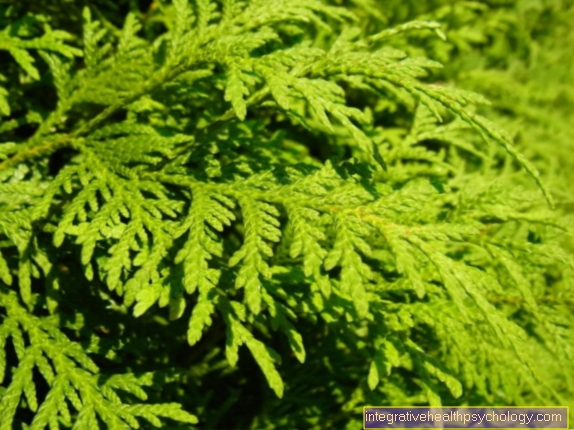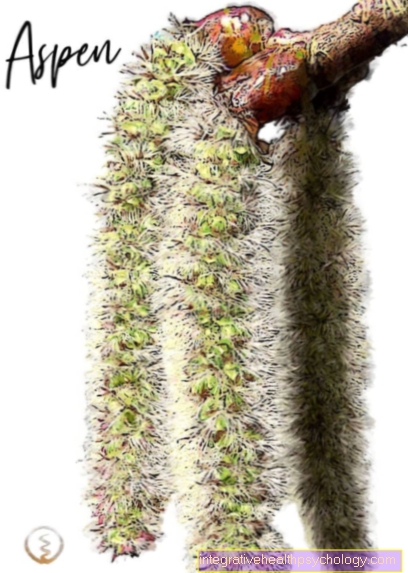Icelandic moss
Latin name: Cetraria islandica
genus: Weave
Common names: Blood lung moss, fever moss, staghorn lichen, rasp
Plant description
From a botanical point of view, Icelandic moss is a lichen; lichens are communities between fungi and algae. The ground lichen becomes 4 to 12 cm high and grows forked, branched like antlers. The top of the plant is olive-green to brown, and the underside often has white spots.
Occurrence: Mountainous as well as lowlands, one of the most common ground lichens in heaths and forests. With us in the low mountain ranges but also in Switzerland, Scandinavia, Spain and France.
Plant parts used medicinally
Whole dried plant, harvested in late summer or autumn and allowed to air dry.
ingredients
Over 50% plant mucilage, bitter substances, iodine, Enzymes, vitamins, volatile fragrances.
Medicinal effect and application
The plant works stimulating the immune system and the bitter substances contained have a antibacterial effect. The plant mucilages work soothes irritation on inflamed mucous membranes in the mouth and throat and balancing at cough. The bitter substances contained have a strengthening and stimulating effect on the stomach and intestines Loss of appetite and Indigestion.
preparation
Icelandic moss tea: Pour ¼ l of cold water over 2 heaped teaspoons of the drug, heat slowly to a boil and drain immediately. You drink up to 3 cups of tea a day, sweetened with honey when you cough.
Combination with other medicinal plants
Icelandic moss mixes well with other herbal cough suppressants. As an example mixed with equal parts Coltsfoot (Preparation as described above) or mixed with in equal parts thyme. Two teaspoons of this mixture are poured over with boiling water, left to stand for 5 minutes and then poured off. Drink one cup of this up to 3 times a day.
Application in homeopathy
Cetraria is only mentioned in passing in homeopathy today and is rarely used. In the mother tincture it is effective against coughs, whooping cough and chronic complaints in the gastrointestinal tract.
Side effects
There are no known side effects.





























